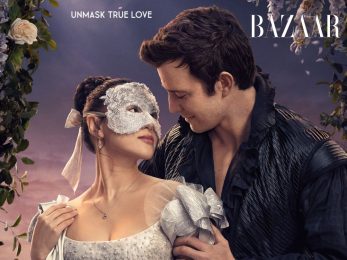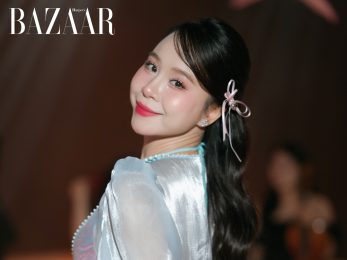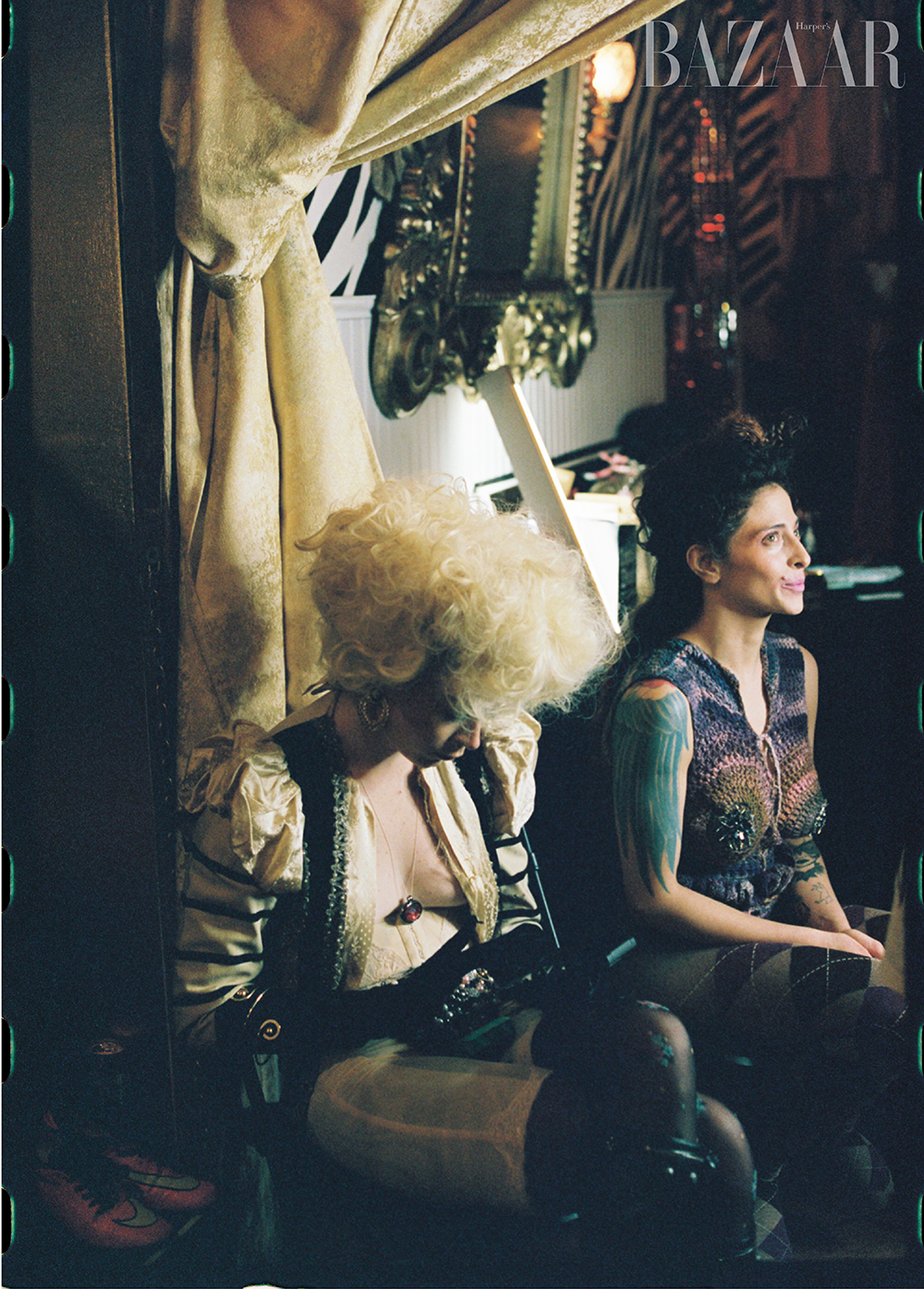
Models for Lakras, backstage at KRATER S24 show.
I’m shivering outside the House of Yes, Bushwick’s oh-so-Bushwick club that began as a circus theater training aerialists, and never lost its carnivalesque energy. The door finally opens and I’m flooded with a rush of warmth.
I’ve spent the last few days in NYC for Fashion Week- a very different sort of carnival where the models are less like aerialists and more like those people who gild themselves and pretend to be statues. At fashion week, you get used to a stilted energy; the solemnity of “High Fashion” and coldness required to be cool. Of course, there are exceptions, but by and large, the world of high fashion is so insular it can get stuck. The barrier to entry for new voices prevents the sort of flux that keeps things moving, alive.
Not so at KRATER (pronounced Krah-ter, as I learned by repeatedly mispronouncing it). I’m here to shoot backstage at their S24 runway show. KRATER is an artistic incubator at the intersection of sustainable fashion design, performance art, and electronic music. Their mission statement states: “Our mission is clear – to compel all to perceive creativity not as a static concept but as a dynamic and transformative force.” They offer a cost-free platform for intersectional designers to showcase their work during NYFW, with a focus on Latin American, immigrant, queer, and female identifying artists. In a world where top designers like Elena Velez scrape together funds from their Mother’s retirement to afford a NYFW slot, this is a revolutionary prospect. KRATER derives their funding directly from ticket sales (which they cap at a mere $30), centering community in the material production of their vision. Everyone in the room that night played a role in bringing this opportunity to life. It’s also important to KRATER that the event remain open and accessible to the public, in contrast to NYFW’s influencer and VIP guest lists.
The second I step backstage, I’m enveloped in a taffeta hug. Giselle Manzano Ramirez, KRATER’s founder and fearless leader, is wearing a witchy all-black ensemble composed of an Issey Miyake skirt and a top from her last collection, GATELESS. After a flurry of “mi amor”s, she’s whisking me off to meet each of the designers. Giselle’s vision for KRATER was inspired by her own challenges navigating the fashion world as an immigrant designer and artist. Taking in the space for the first time, I’m faced with a lively chaos as designers and makeup artists add final touches to half-dressed models. Giselle effortlessly parts the sea of creatives, making the occasional adjustment with casual precision. Though we’re on a tight timetable, it’s important to her that I meet each designer before I begin shooting; “you’re a part of this team” she tells me. No one at KRATER is an outsider.
There’s CASA LIZARRAGA by Mexican-Filipino Designer Cecilia Lizarraga, whose label marries sustainability with opulence. She’s collaborated with industry icons like Elena Velez, and dressed stars such as Kate Moss, J Balvin, Eve, Connie Diamond, and others. She recently collaborated with streetwear sensation KIDSUPER by Colm Dillane, who attended the event to support her. Her show, “MADE IT TO HEAVEN,” staged a funeral on the runway inspired by a traditional Mexican service, with models emerging from a coffin. The show explored rebirth, aligning with the brand’s transition to a household brand, and concluded with a lively celebration that seemed to blend seamlessly into the audience. Somber colors were paired with luxe textures; as she greeted me, Cecilia’s bright smile set off the pearls on her ghostly model’s ensembles.

From left: Colm Dillane, Cecilia Lizarraga, and Giselle Manzano Ramirez


Then there is OOH BABY by Anika Ignozzi, whose eco-conscious collections have adorned celebrities like Bebe Rexha, Norah Jones, Wyatt Oleff, and many more. The brand recently collaborated with The Andy Warhol Museum’s “Join the Family Campaign,” and it’s easy to see why; the pop-art-esque designs mirror Warhol’s playful expression. Their “BUBBLEGUM ODYSSEY” show began with a tug of war between two models; spiked trenchcoats and denim ensembles created a feast of color reminiscent of a space-age cartoon. The constant push and pull between sharp and soft, color and faded denim- made literal in the tug of war- reflect the dialectic Anika sees in creative expression.

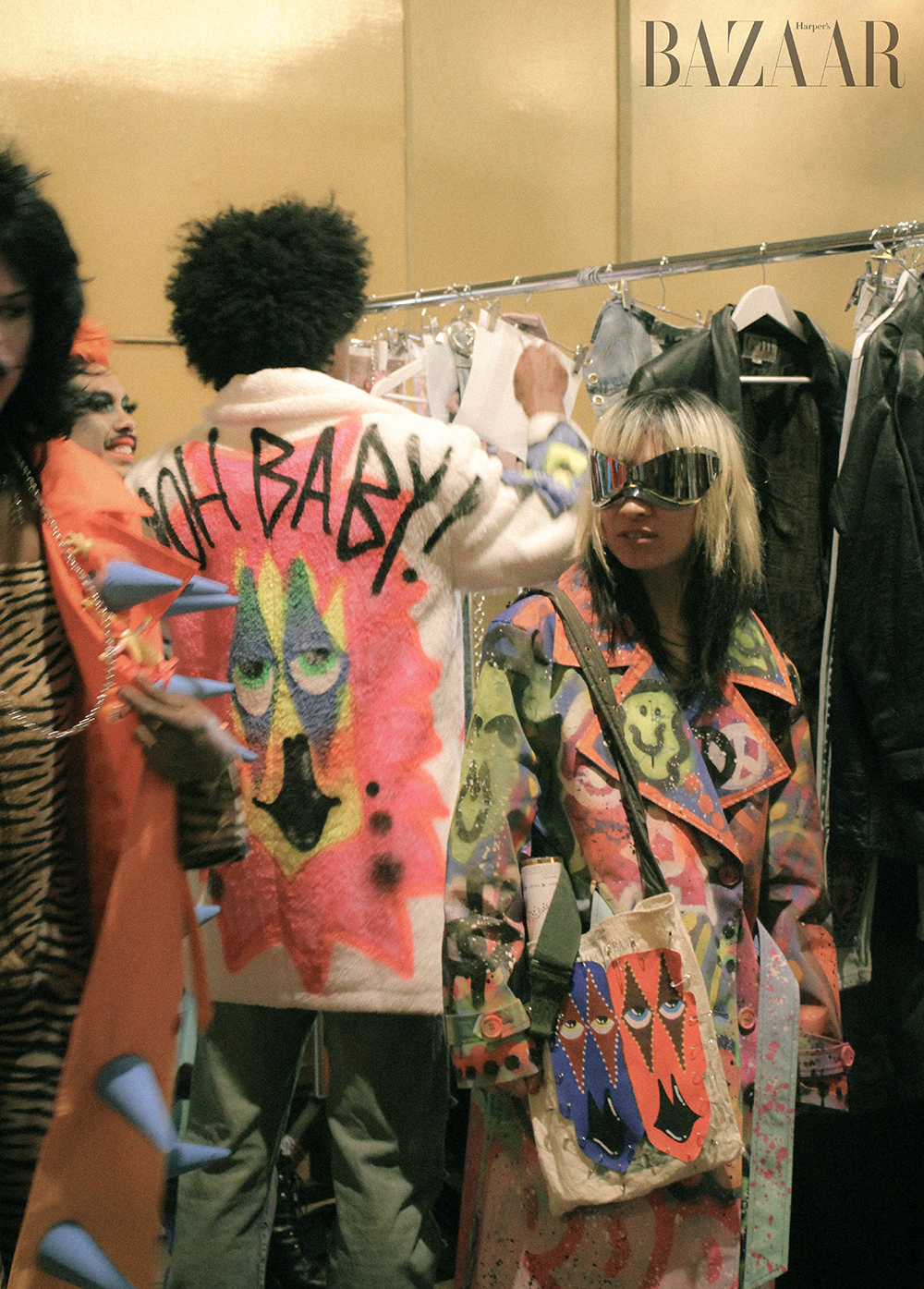

AGUIRRRRE, by Argentinian designer Sabrina Aguirre, drew inspiration from Latin American “futbol” for their runway show. The pieces referenced the spectrum of emotions experienced during play and spectating, fragile masculinity, and Latin American superstition (“cábalas”). The show was full of surprise; in a showstopping moment, model Cecelia Hiromi Chavez converted a soccer net into a breathtaking wedding gown (a collaboration with artist Lety Fontana).
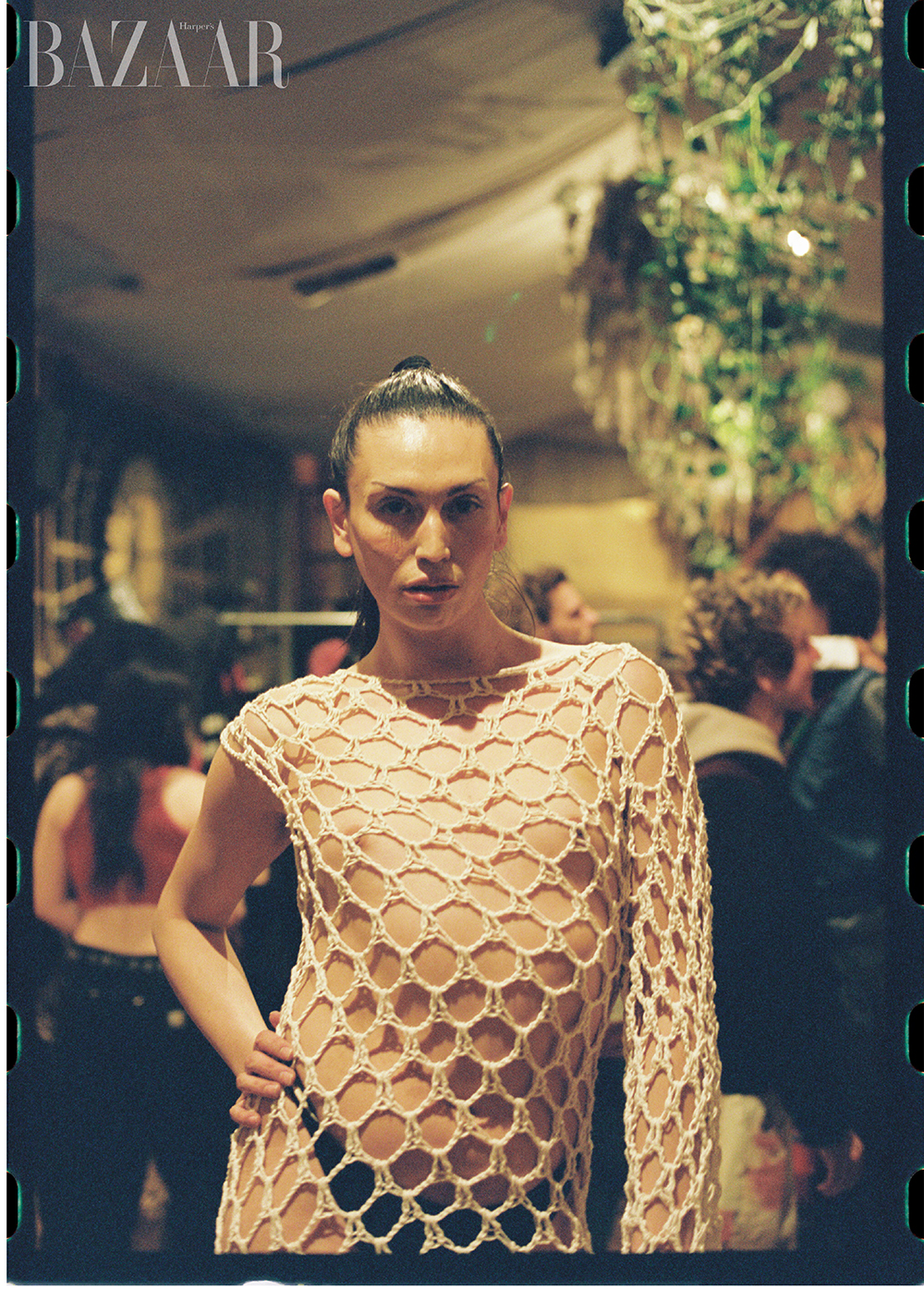
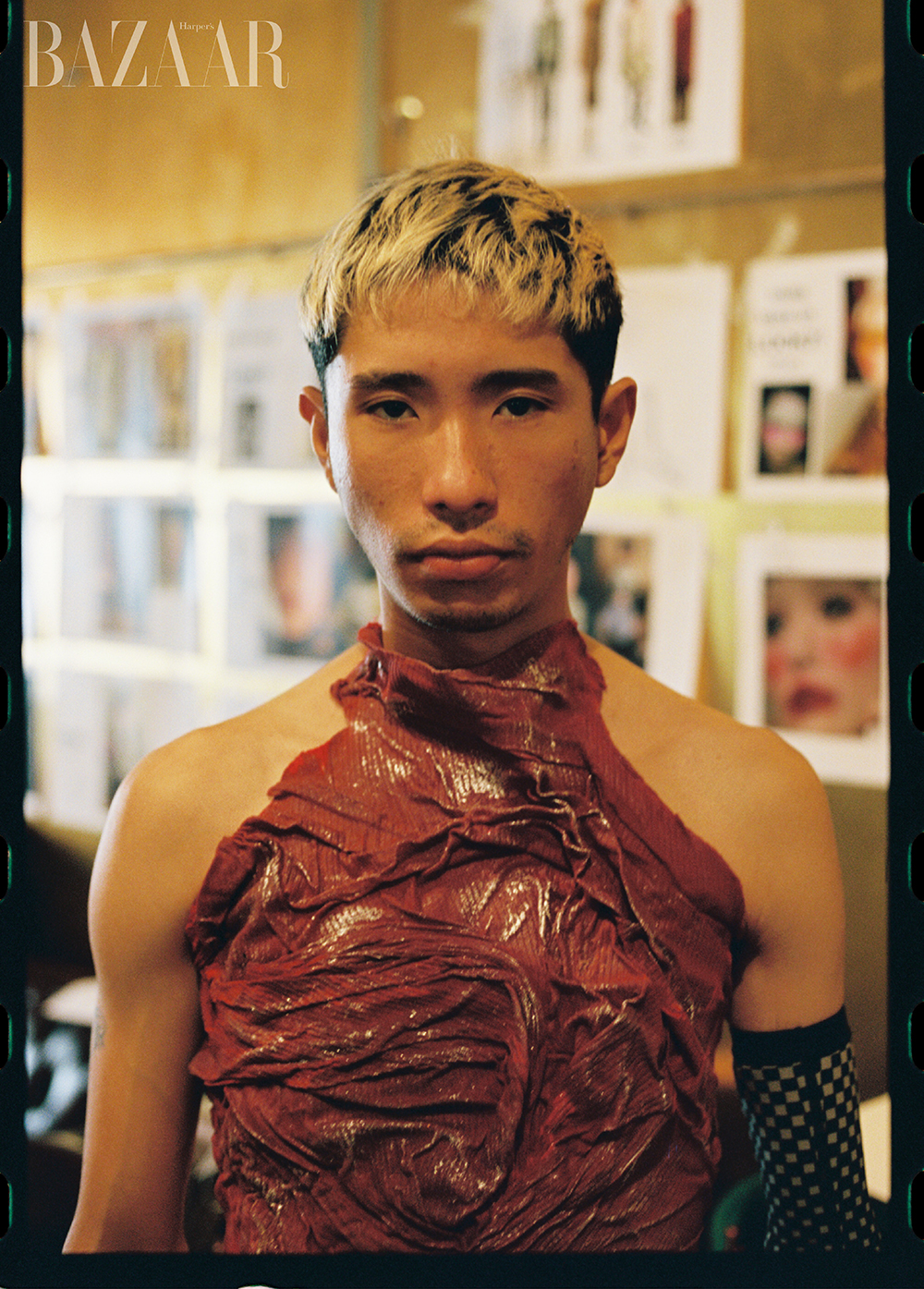
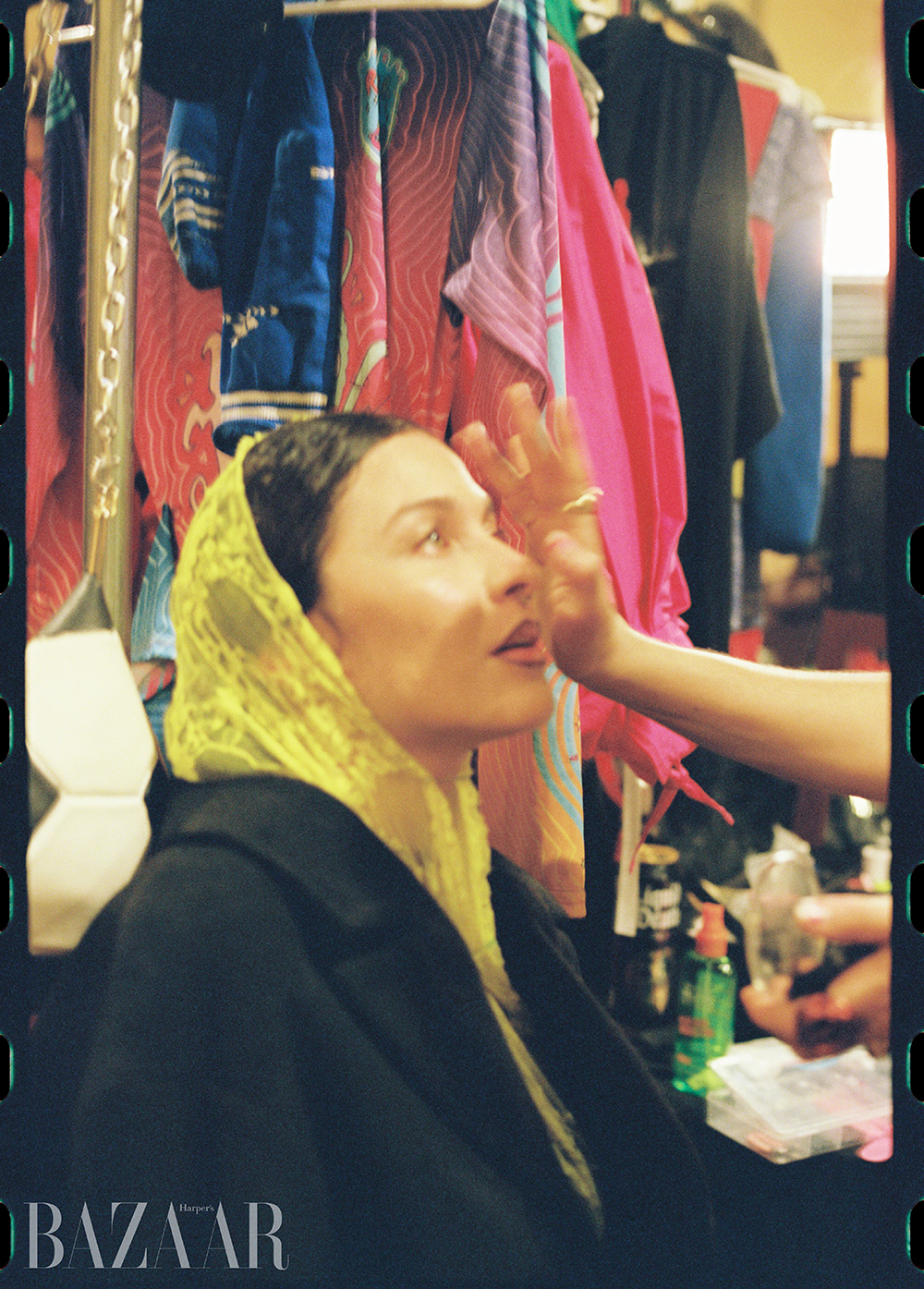
Shooting Colombian-founded LAKRAS was particularly dreamy. Their corner of backstage felt like a boudoir for time travelers; models in half-regency dress pulled out their phones to scroll through their feeds. The collection, “Lucky Girl Syndrome” paired contemporary manifestation slogans with 18th century Colombian- inspired couture. The presentation explored themes of identity-formation and feminism through a jaw-dropping aerial circus performance.
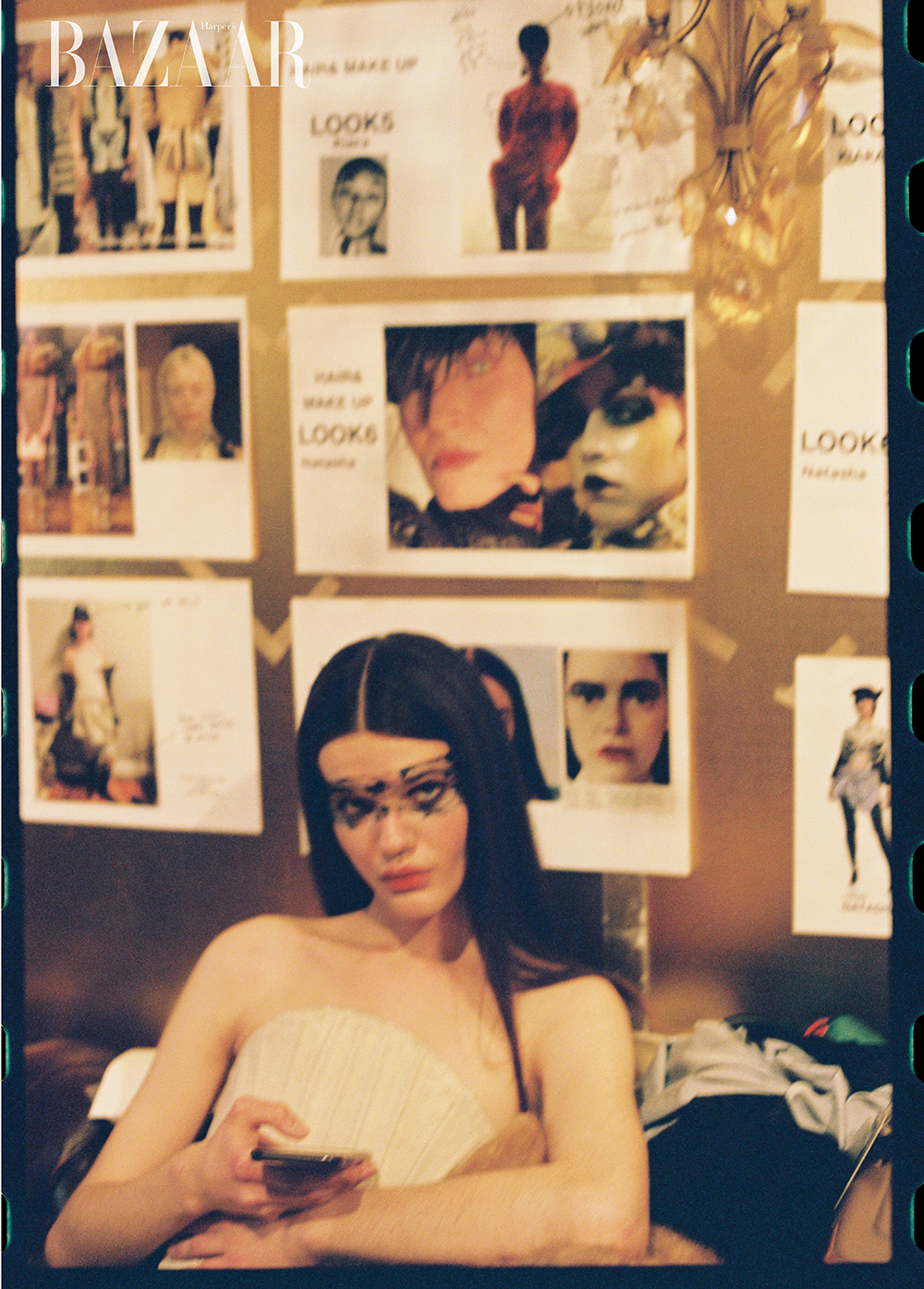

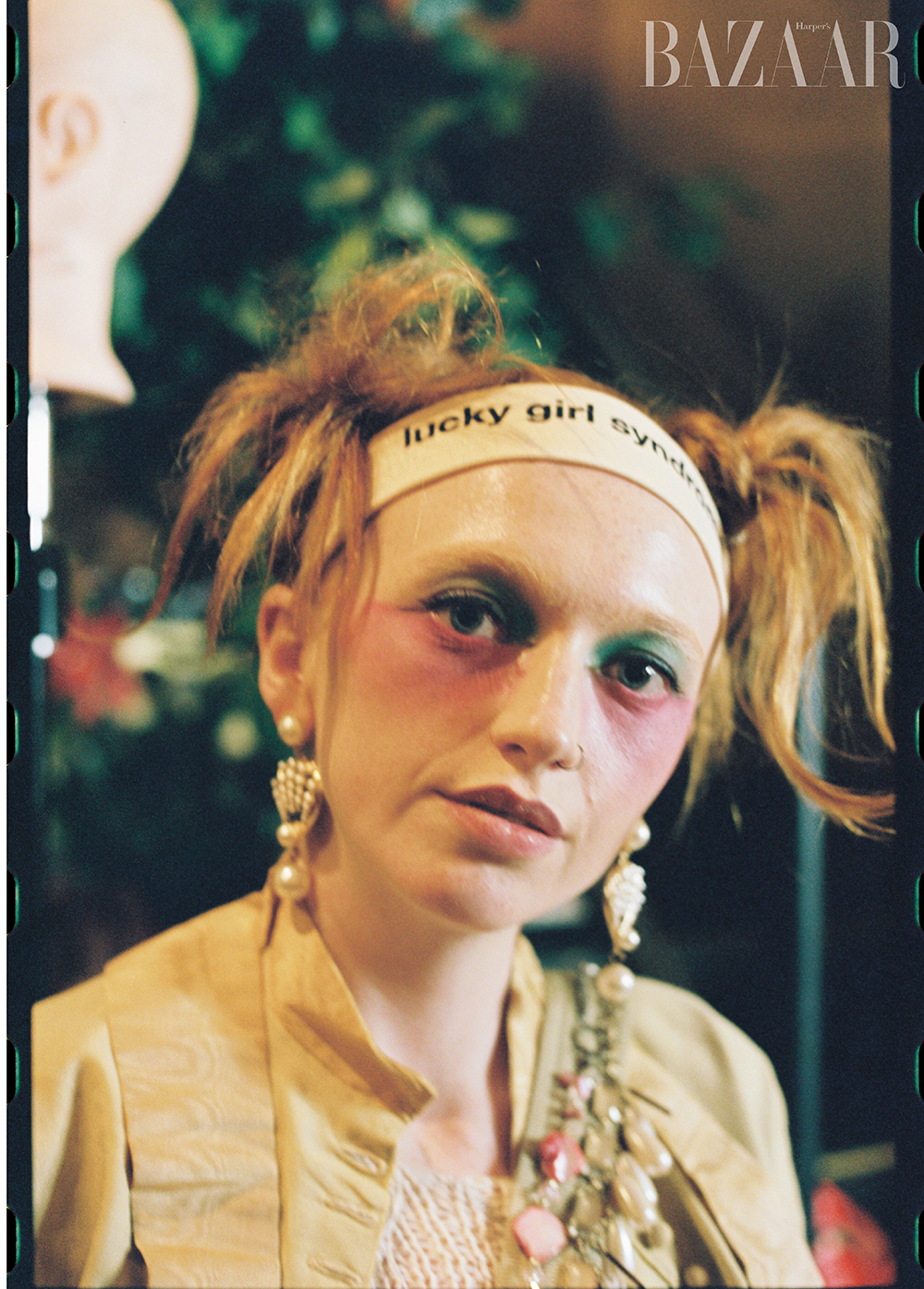
Last but not least, I was delighted to meet Hester Sunshine, an innovative Queer Jewish designer who took the runner-up position in Season 17 of Project Runway. Their brand HESTA produces gender-nonconforming ready-to-wear couture with a strong commitment to ethically produced garments for all body-types. I loved watching their models cheer each other on backstage; I was so happy to capture the moment Netflix star Lachlan Watson literally gasped to see a fellow model’s surreal makeup look.

KRATER derives its name from an ancient Greek vase used to serve wine mixed with water. Giselle sees the project as a vessel for creative expression that blends mediums and serves the alchemized product to the community. In true Dionysian fashion, the night ends with a party. Rather than holding an exclusive afterparty, KRATER’s performances flow seamlessly into an afterparty backstage, makeup tables replaced by a dancefloor. Icons of the NYC music scene presided over the dancefloor with Calvin Klein’s Global Music Supervisor Kim Anh, LCD Soundsystem’s Abbi Echiverri, and KRATER co-founder Bryan Kasenic (of The Bunker NY) playing the afterparty. In part what separates fashion from other mediums is its corporeality; it’s often called “wearable art.” At KRATER it’s art in motion, art that can hug you, that can dance.

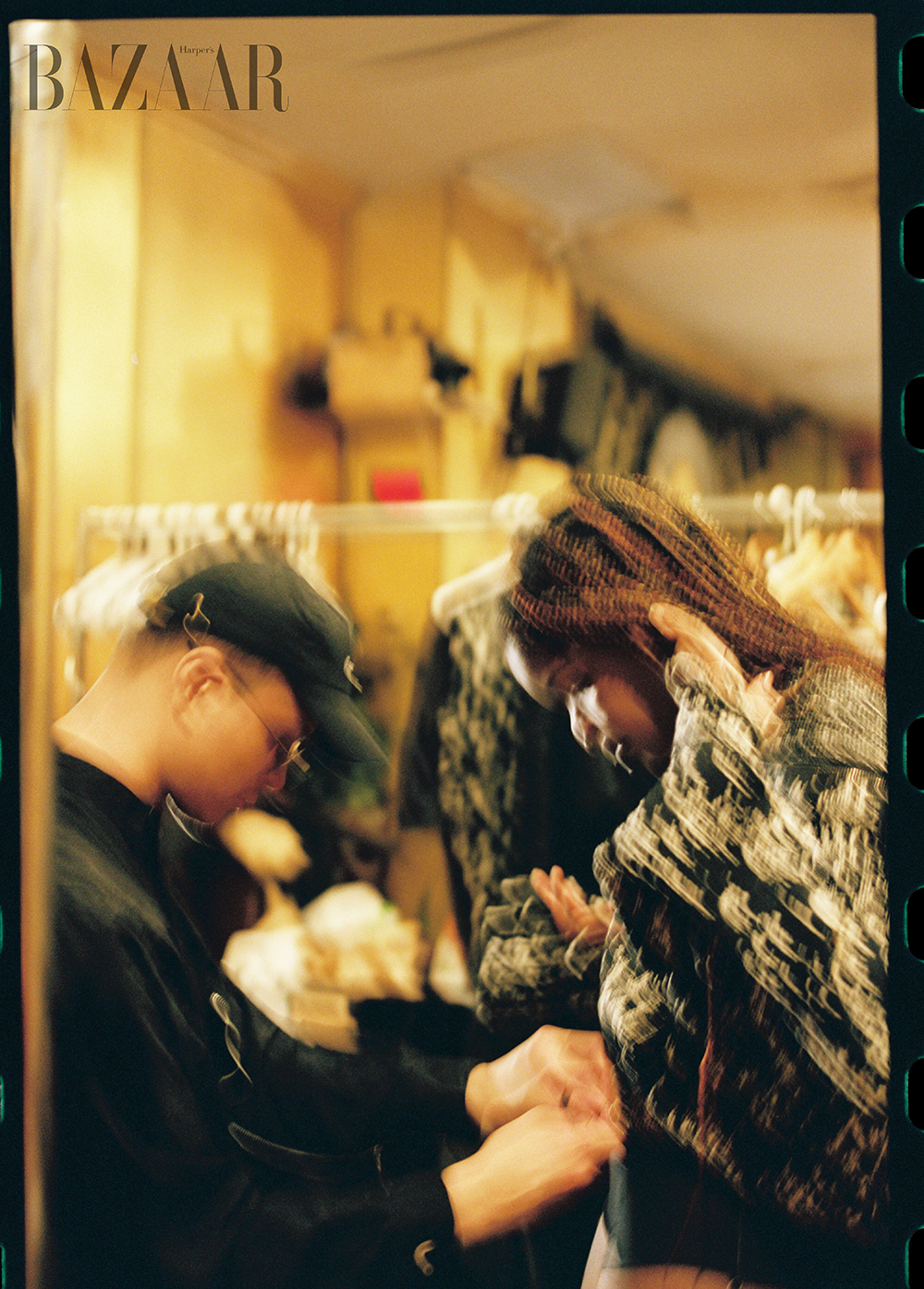
Written by ABIGAIL TULENKO
Harper’s Bazaar Vietnam


